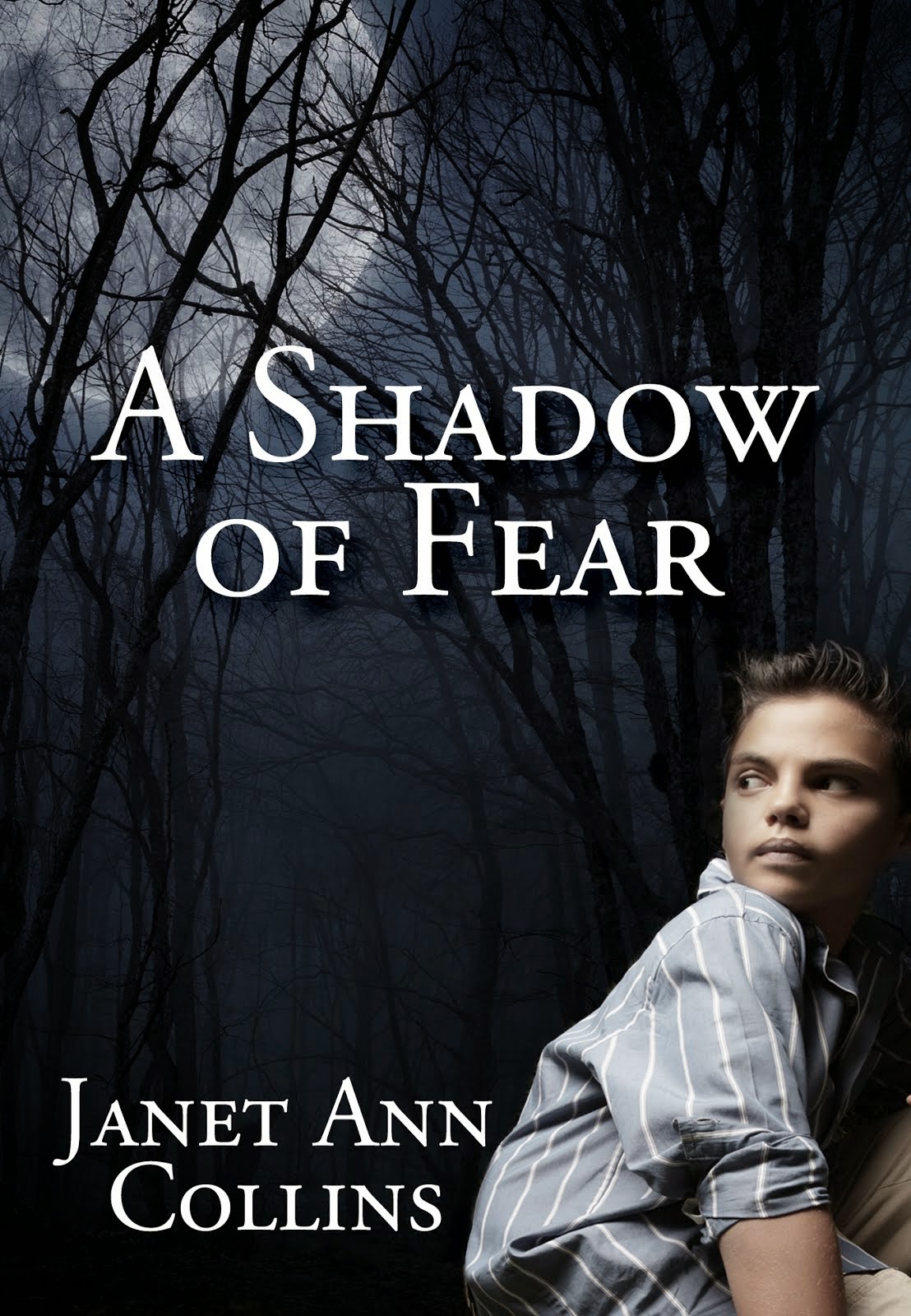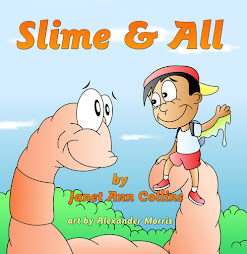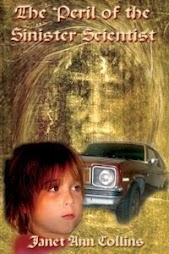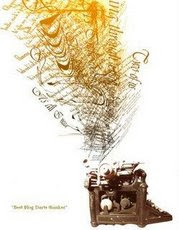I'd never read anything by Barry Jonsberg before reading The Categorical Universe of Candice Phee but I'll certainly read more of his work in the future.
I loved this book!
Unlike many new books for kids, the author was able to make it different without seeming to try too hard or depending on gimmicks.
Candice, the twelve year old main character, has a complicated life with lots of problems and works hard trying to solve them.
But there's nothing maudlin or depressing about this book. In fact it had me laughing out loud quite a few times.
Now I can't wait to read other Middle Grade and Young Adult Fiction by this author.
Saturday, March 28, 2015
Wednesday, March 25, 2015
Living Language
I've always been fascinated with the science of Linguistics, even when I was a little kid and didn't know that term.
When my brother was a toddler learning to talk I could understand him when the grown-ups couldn't, and that made me feel important. Then we moved from New Jersey to California when I was five years old and I was amazed that people out west used different words for some things than people did back east.
I took lots of electives in college on the subject,of Linguistics, too.
And I'm still fascinated by the way languages evolve over the years.
English has the largest vocabulary of any language on our planet because it has been influenced by nearly every other culture over the centuries. Since most people reading this would find the topic boring I won't begin to list the various ones that have influenced our language over the centuries. If any of us were to time-travel to England hundreds of years ago we'd probably find it difficult to communicate, at least for a while.
English is still changing because it's a living language. Only languages no longer in use stop changing.
That's why it bugs me when I hear people complain about how others are using grammar and vocabulary that wasn't used in the past. Okay, maybe our high school English teachers would have given us bad marks for some of the modern usages, and current English teachers and professors may do the same. And in formal, academic writing those things aren't acceptable.
But centuries in the future many of them will have become standard usage - unless our culture has been destroyed and English is a dead language.
I certainly hope that doesn't happen.
When my brother was a toddler learning to talk I could understand him when the grown-ups couldn't, and that made me feel important. Then we moved from New Jersey to California when I was five years old and I was amazed that people out west used different words for some things than people did back east.
I took lots of electives in college on the subject,of Linguistics, too.
And I'm still fascinated by the way languages evolve over the years.
English has the largest vocabulary of any language on our planet because it has been influenced by nearly every other culture over the centuries. Since most people reading this would find the topic boring I won't begin to list the various ones that have influenced our language over the centuries. If any of us were to time-travel to England hundreds of years ago we'd probably find it difficult to communicate, at least for a while.
English is still changing because it's a living language. Only languages no longer in use stop changing.
That's why it bugs me when I hear people complain about how others are using grammar and vocabulary that wasn't used in the past. Okay, maybe our high school English teachers would have given us bad marks for some of the modern usages, and current English teachers and professors may do the same. And in formal, academic writing those things aren't acceptable.
But centuries in the future many of them will have become standard usage - unless our culture has been destroyed and English is a dead language.
I certainly hope that doesn't happen.
Labels:
Changing English,
language,
linguistics,
Words
Friday, March 20, 2015
Bathing
Back in earlier centuries when lots of America was farmland or forests and modern plumbing wasn't available most people usually bathed once a week. They might have used metal or wooden wash tubs for their baths. The water would have been carried from wells, streams, rivers or lakes and heated over wood burning stoves.
Usually the father would take the first bath, and he'd probably be sweaty and dirty from his labor.
Then the mother would use the same water for her bath, followed by the children from the oldest to the youngest.
By the time the last child bathed, the water must have been very dirty, but carrying and heating separate tubfulls would have been a lot of work.
In California we're having a drought and have been asked to cut back on our water usage. The drought would have to be mighty severe for families to bathe only once a week and share one tub of water. Thank Heaven we aren't having one that serious!
Usually the father would take the first bath, and he'd probably be sweaty and dirty from his labor.
Then the mother would use the same water for her bath, followed by the children from the oldest to the youngest.
By the time the last child bathed, the water must have been very dirty, but carrying and heating separate tubfulls would have been a lot of work.
In California we're having a drought and have been asked to cut back on our water usage. The drought would have to be mighty severe for families to bathe only once a week and share one tub of water. Thank Heaven we aren't having one that serious!
Wednesday, March 18, 2015
A Sandy Grave
Donna McDine has written a book that will help kids understand an ecological problem. In this story three girls join a crowd to see a dead whale that has washed up on the shore.
But there are some suspicious men also watching. When the girls find out why the men are there will they have the courage to try to stop them from doing something wrong?
The art by Julie Hammond is lovely and adds to the pleasure of the book.
Hopefully, kids who read it will be encouraged to do the right thing.
But there are some suspicious men also watching. When the girls find out why the men are there will they have the courage to try to stop them from doing something wrong?
The art by Julie Hammond is lovely and adds to the pleasure of the book.
Hopefully, kids who read it will be encouraged to do the right thing.
Saturday, March 14, 2015
Easter Bunnies and Eggs
Lately I've read some things questioning what rabbits and eggs have to do with the Christian celebration of Easter.
Since rabbits didn't live in the part of the world where the resurrection took place that's a good question. The closest kind of rodents from that area are creatures called conies.
But that's irrelevant.
Because rabbits tend to have large litters of babies and reproduce more often than many kinds of animals, they became a symbol of new life.
And birds hatching from within the hard shells of eggs have the same symbolism.
And that's what Easter is about.
Since rabbits didn't live in the part of the world where the resurrection took place that's a good question. The closest kind of rodents from that area are creatures called conies.
But that's irrelevant.
Because rabbits tend to have large litters of babies and reproduce more often than many kinds of animals, they became a symbol of new life.
And birds hatching from within the hard shells of eggs have the same symbolism.
And that's what Easter is about.
Wednesday, March 11, 2015
Rap Links
If, like me, you're interested in language and/or history, or if you like rap music here are some things you might enjoy reading.
In the past I've blogged about my belief that many of what we call nursery rhymes were originally performed on the streets like rap music is done today. Many of those rhymes were political statements disguised to avoid punishment. Freedom of speech didn't exist in the Middle Ages.
If you want to read my previous posts on the subject here are the links to them:
http://onwordsblog.blogspot.com/search?q=Rap
Recently I saw an interesting post about the use of rhythm in various languages and cultures. It seems rap is not only for people who speak English. Here's the link to that article:
http://daily.jstor.org/word-mother-tongue-can-hip-hop-save-endangered-languages/
I'd love to hear what you think about these posts.
In the past I've blogged about my belief that many of what we call nursery rhymes were originally performed on the streets like rap music is done today. Many of those rhymes were political statements disguised to avoid punishment. Freedom of speech didn't exist in the Middle Ages.
If you want to read my previous posts on the subject here are the links to them:
http://onwordsblog.blogspot.com/search?q=Rap
Recently I saw an interesting post about the use of rhythm in various languages and cultures. It seems rap is not only for people who speak English. Here's the link to that article:
http://daily.jstor.org/word-mother-tongue-can-hip-hop-save-endangered-languages/
I'd love to hear what you think about these posts.
Saturday, March 7, 2015
Wonderful News!
A friend recently told me she'd given a copy of my latest book, A Shadow of Fear, to her grandson for Christmas. The boy had been having serious problems at school because he was painfully shy.
As a result of reading my book he decided to face his fears and try out for sports teams at his elementary school. He not only made it to both teams, but became a star player on both of them.
Now he has lots of friends and isn't shy anymore.
And perhaps that boy will grow up to accomplish things he never would have done, if not for reading my book.
I'll keep praying for him, and hope my book may be a positive influence on other kids who read it, too.
As an author of books for children, nothing could make me happier than knowing one of my books has made a positive difference in the life of a child.
As a result of reading my book he decided to face his fears and try out for sports teams at his elementary school. He not only made it to both teams, but became a star player on both of them.
Now he has lots of friends and isn't shy anymore.
And perhaps that boy will grow up to accomplish things he never would have done, if not for reading my book.
I'll keep praying for him, and hope my book may be a positive influence on other kids who read it, too.
As an author of books for children, nothing could make me happier than knowing one of my books has made a positive difference in the life of a child.
Wednesday, March 4, 2015
Helping Herbie Hedgehog
The first thing I noticed about this book was the colorful cover by illustrator Robert Lee Beers. It fits the book perfectly because the story by Melissa Abramovitz is colorful, too.
The book is divided into chapters, but each chapter is only two pages long without too much text on each illustrated page.
Kids as young as two years old will enjoy hearing the story and Helping Herbie Hedgehog decide between silly choices and a sensible ones. It will make them feel smart.
I can imagine little ones giggling as the book is read to them, and they might even learn to appreciate practical things in their own lives.
This book would make a good bedtime story.
Subscribe to:
Posts (Atom)













